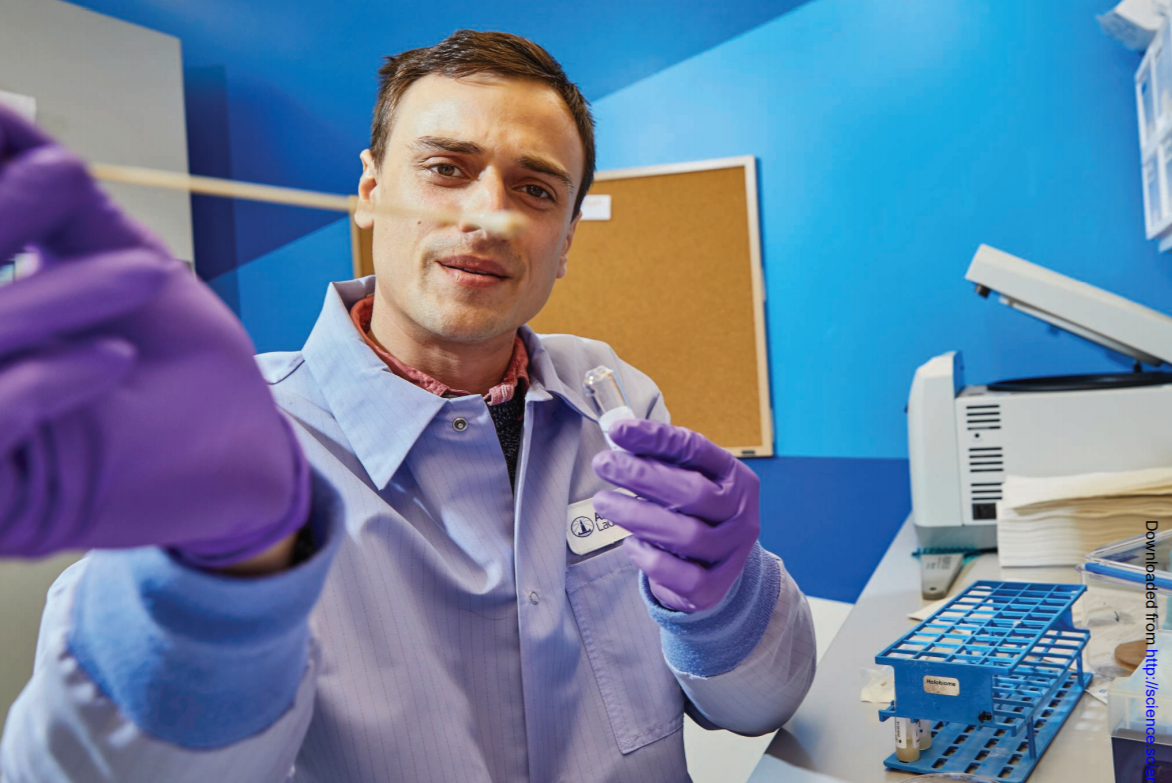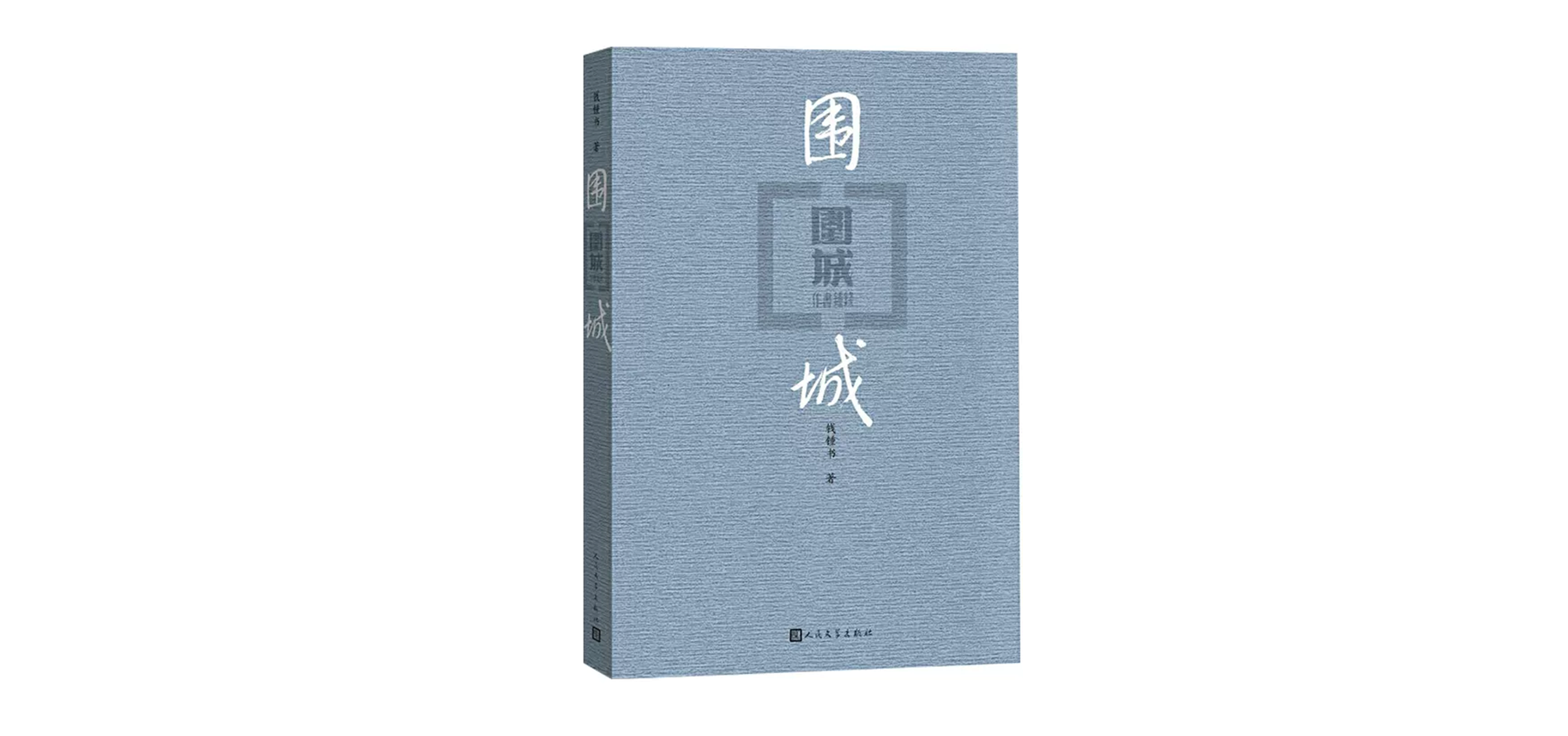每日外闻100

接着上一篇聊:
研究人员推断,如果这种肠道微生物必须具有GABA,那么一定是其他微生物在制造它。这样的伽马氨基丁酸生产者可能是一个能自己产生 psychobiotic的金矿。Strandwitz和他的同事开始在含有GABA为食物的微生物的培养皿中一次添加一个肠道微生物。如果GABA食用者大量繁殖,科学家们就会知道他们找到了一个GABA产生者。他们在包括拟杆菌在内的三组细菌中发现了这种产生菌。他们很快就申请了一项专利,将这些细菌或他们的产品包装起来,用于治疗抑郁症或其他精神疾病患者。
在发表这些研究结果之前,研究小组与威尔康奈尔医学院的研究人员合作,对23名抑郁症患者进行了脑部扫描研究。他们发现,类杆菌较少的人在前额叶皮层有更强的亢奋模式,一些研究人员认为这种模式与严重的抑郁症有关。该合作项目于2018年12月10日在《自然微生物学》杂志上报告了他们的发现,同时发现了产生gaba的细菌。
Holobiome进一步发现,细菌在大鼠消化道产生GABA,这可能会增加大脑中的GABA水平。研究发现,GABA的产生减少了这些动物的习得性无助,而习得性无助是抑郁的一种症状。Strandwitz的共同作者之一,加州大学圣地亚哥分校的微生物生态学家Jack Gilbert也在测试产生gaba的细菌在大鼠身上的治疗潜力。他的团队和Holobiome都观察到,接受治疗的老鼠更有可能在一个不舒服的热表面停留更长的时间-内脏疼痛耐受性的测试,也许是因为GABA的升高使它们平静了下来。这些发现尚未发表,但他们已经说服吉尔伯特研究这些细菌是否也能减轻老鼠的焦虑。他说:很明显,它们确实有神经调节作用。
The researchers reasoned that if this gut microbe had to have GABA, some other microbe must be making it. Such GABA producers might be a psychobiotic gold mine. Strandwitz and colleagues began to add gut microbes one at a time to petri dishes containing the GABA eater. If the GABA eater thrived, the scientists would know they’d found a GABA producer. They discovered such producers among three groups of bacteria, including Bactereroides. They quickly filed a patent for packaging those bacteria—or their products—to treat people with depression or other mental disorders.
Before publishing those findings, the group teamed up with researchers at Weill Cornell Medicine who were doing a brain scan study of 23 people diagnosed with depression. They found that people with fewer Bacteroides bacteria had a stronger pattern of hyperactivity in the prefrontal cortex, which some researchers have associated with severe depression. The collaboration reported its findings on 10 December 2018 in Nature Microbiology, along with the discovery of GABA-producing bacteria.
Holobiome further discovered that the bacteria produce GABA in the rat digestive tract, which may increase GABA levels in the brain. And it found that GABA producers reduced learned helplessness—a symptom of depression—in those animals. One of Strandwitz’s co-authors, microbial ecologist Jack Gilbert at UC San Diego, is also testing the therapeutic potential of GABA-producing bacteria in rats. His group and Holobiome have both observed that treated rats are more likely to stay longer on an uncomfortably warm surface—a test of visceral pain tolerance—perhaps because elevated GABA calms them. The findings are unpublished, but they’ve persuaded Gilbert to investigate whether those bacteria can also reduce anxiety in rats. “It’s clear they do have a neuromodulatory effect,” he says.
See you tomorrow








